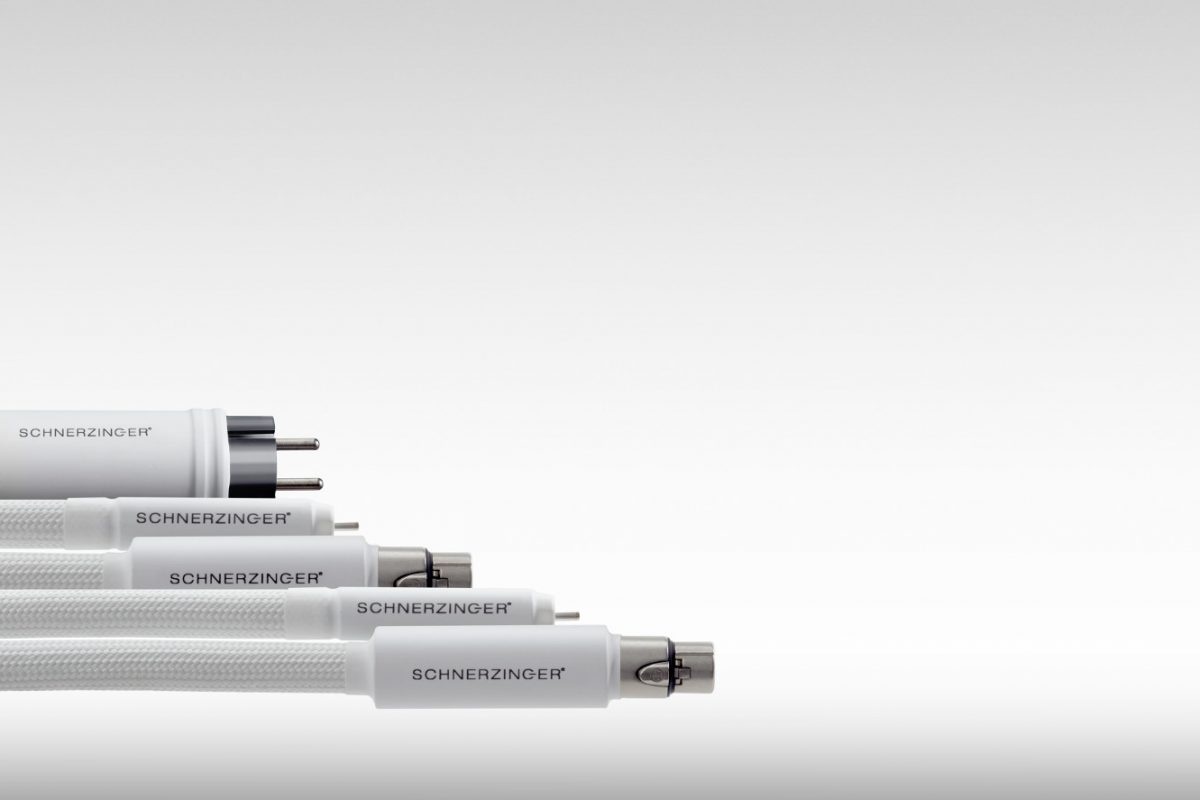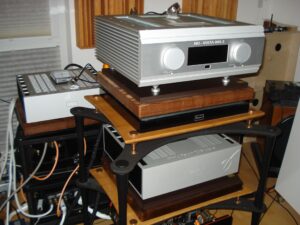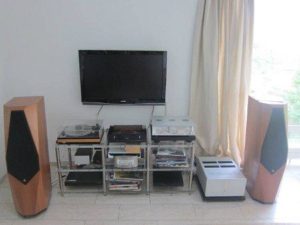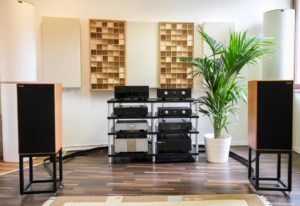First of all, I would like to thank you very much, because, to start with: the cable is simply brilliant.
In the following I will "only" report on the step from the Reference 2000T to the 3000TS. And the 2000T had already clearly outclassed its predecessor a few years ago.
I immediately noticed the even larger space that the system was able to open with the new cable. It was already the case so far that my system was able to create a comparatively large room, but with the 3000TS it becomes a lot wider, higher and, above all, deeper. In addition, the individual instruments or sound events are positioned more precisely in this room and displayed at a spatial distance from one another. This makes complex music much more audible. I notice a lot of details that I haven't noticed before. The GRID, which I got myself recently, did some good preparatory work in this regard, but now it has turned out really great.
Also remarkable is the significant increase in energy in the fundamental and bass range, which increases the fun factor immensely
But that's still not enough, because the tone colors are another highlight. In this discipline, my system has been a bit "lean" so far. This is certainly no longer the case. One could now speak of opulence without exaggerating too much
And last but not least: speed / impulse reproduction has also improved significantly.
The impressions described are also confirmed by my friend Bernd, who pursues the same hobby and knows my system very well.
Yours sincerly,
Stefan H.“







